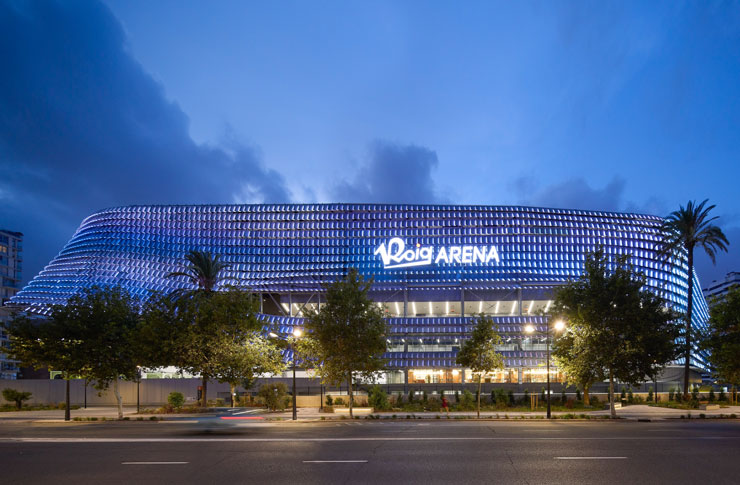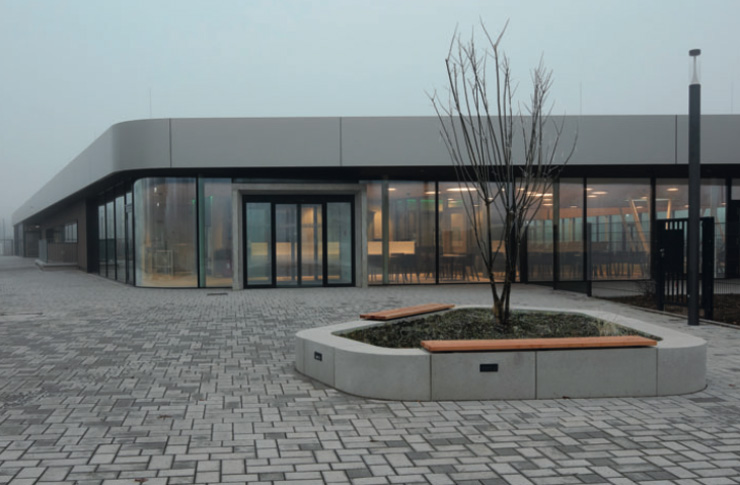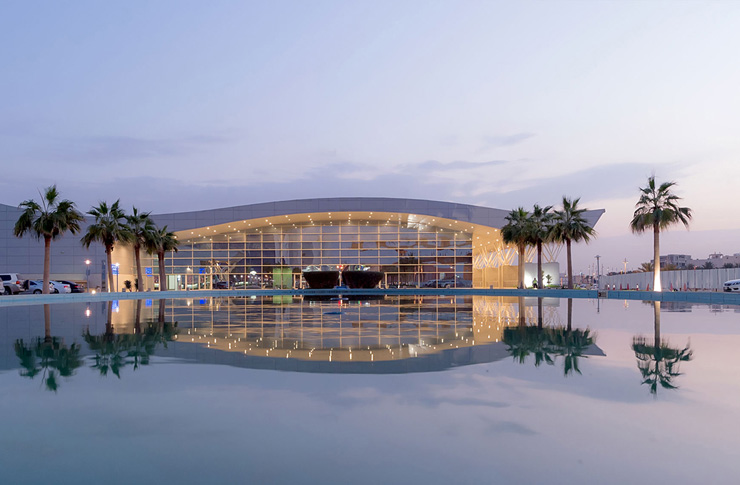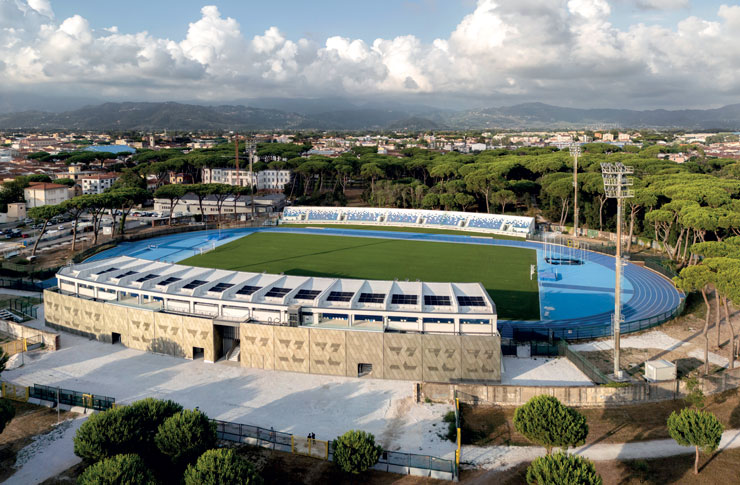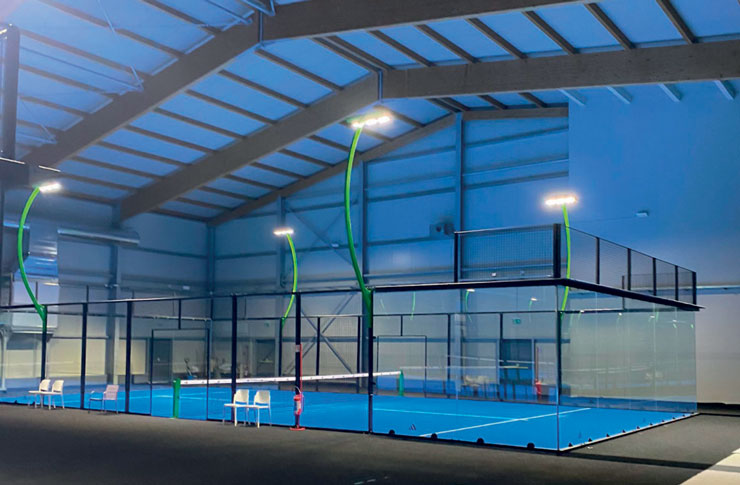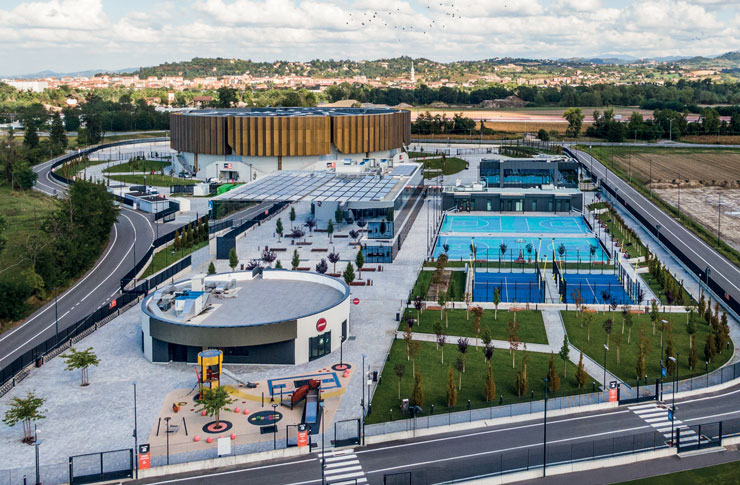This summer’s chronicles have made the public aware of the activities of the “landscape commission” (specifically with regard to the Municipality of Milan), misrepresenting, to some extent, its nature and limits.
Landscape Commission

Image: photo insertion on ‘Wanderer Above the Sea of Fog’ (1818) by Caspar David Friedrich. (C)Tsport.
The purpose for which the “Landscape Commission” was created was to authorise interventions in areas subject to landscape constraints: a role originally carried out by the Superintendencies and delegated, in 1980, to the Regions. The Regions then, each in its own way, sub-delegated the task, in whole or in part, to subordinate bodies (provinces, municipalities).
With the evolution of the territorial plans in the landscape sense, the tasks assigned to the Landscape Commissions have also expanded to express opinions on interventions not strictly included in areas subject to landscape constraints under the law (Cultural Heritage and Landscape Code, Legislative Decree no. 42 /2004, which updates the laws on the subject passed in 1939).
The Landscape Commission is in any case a technical advisory body that, if it expresses a favourable opinion from a landscape point of view, this does not mean that the intervention subject to the opinion is legitimate from any other point of view: other bodies of the municipality must express such an opinion.
A Landscape Commission that expresses its opinion – for example – on the San Siro area only provides an opinion, favourable or otherwise, from a landscape point of view. It does not, by itself, determine the authorisation to proceed.
Just as – vice versa – it is inaccurate to fear that the presence of a constraint (cultural or landscape, pursuant to the aforementioned Code), for example on the “second ring” of the San Siro, prohibits “tout-court” its modification or demolition: the constraint implies the need for a specific authorisation, which could, eventually, also be favourable.
We would therefore like the subject of the landscape to be given back its rightful value and the Landscape Commissions of the Provinces and Municipalities their rightful role, as well as the Building Commissions and the “Sportelli Unici per l’edilizia” – municipal bodies in charge of verifying the legitimacy of interventions – their responsibility.
And that the problem of the San Siro stadium returns to being a question of choices, architectural and urban planning, to be made in the light of day.

